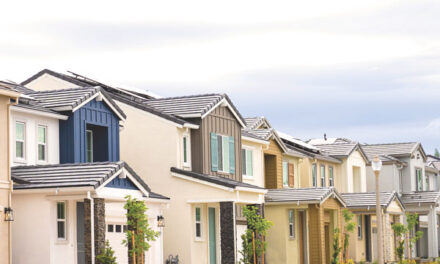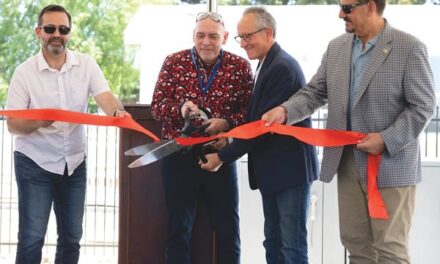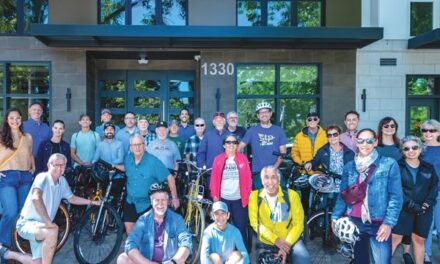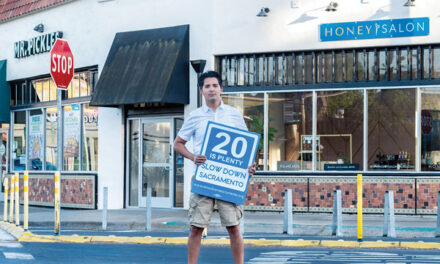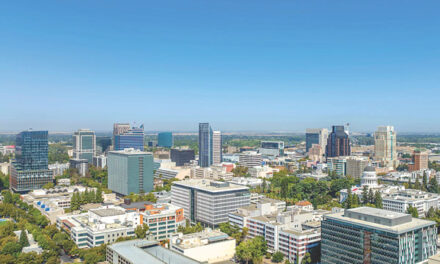Even for people who refuse to wear masks or treat the coronavirus as the grave public health threat it is, one thing is certain: life will not be the same anytime soon.
No one can say when COVID-19 will stop flooding our hospitals, but we know cities such as Sacramento are changing even as we struggle through the pandemic.
Disasters like earthquakes, fires and floods tend to cause reconsideration. Some close friends of mine in Sonoma County are moving to Washington state after losing their Santa Rosa home in the 2017 wildfires and being evacuated several times since from their new place a few miles north.
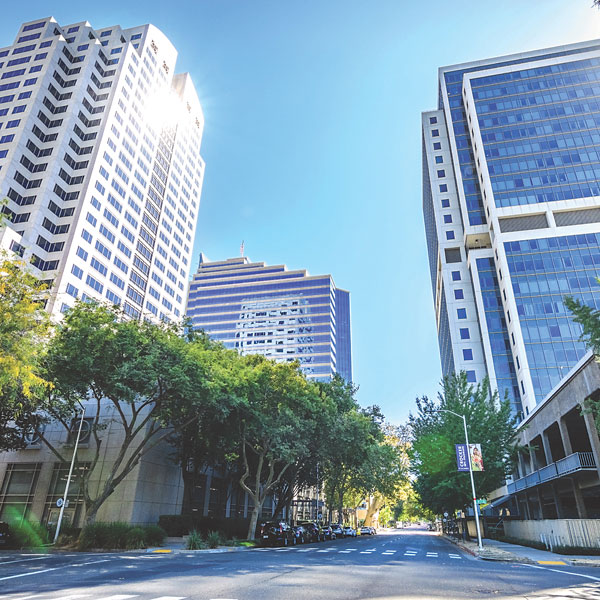
On a more macro level, such disasters can change development patterns in subtle and not-so-subtle ways. So, too, will this pandemic.
Reforms enacted following the 1871 Chicago fire and 1906 San Francisco earthquake made cities taller and more durable. Steel began replacing wood as the primary building material. Parks and open space became more precious and necessary.
In Sacramento, after a series of disastrous floods culminating in 1862, the city hauled in tons of dirt and raised the streets. We can see the original street level throughout Old Sacramento. A plaque near the California Railroad Museum tells some of the story:
“Imagine how easily flood waters overcame Sacramento when it existed at the courtyard’s elevation,” it says. “Is it any wonder Sacramentans fought back by hoisting streets and buildings on average 10 feet above their original elevations?”
More recently, after the Camp Fire destroyed Paradise in Butte County in 2018, a decision was made to put most of the city’s electric distribution lines underground.
It’s hard to know exactly how the pandemic will reshape our cities, but we can already see some impacts just by looking around. The only question is how long they last.
With an estimated four in 10 Americans working remotely, countless office buildings are still mostly deserted. Before the holiday surge and cold weather arrived, outdoor dining flourished as the city relaxed its restrictions. Outdoor dining will likely expand post-pandemic.
But countless businesses failed. Others remain boarded up following a summer of protests over racial injustice and political divisions, some of which became violent. It’s anyone’s guess how many businesses will come back or what, if anything, takes their place.
Just as the city’s Downtown railyards were finally starting to develop, we are now left to wonder about the demand for Class A office space. Will plans for the Old Sacramento waterfront move forward?
Sacramento’s nightlife and entertainment scene expanded in 2019. But how will that momentum resume when people are still supposed to wear masks and avoid social mixing?
We will soon have a refurbished convention and community center Downtown. When will they be busy again? When will theater, live music and other pleasures of urban life return?
Being able to work from home has been a blessing for people whose jobs enable it, but what cost are we paying for greater social isolation and separation?
We are focusing additional attention on the gaps in education and digital connectivity—as we must. California’s “Broadband for All” movement has new currency and urgency. Light has been shed on glaring economic, social and racial disparities in health care, which will continue to be a dominant political issue for all levels of government.
Even before the pandemic, some high-profile businesses were leaving California rather than deal with high costs and regulation. In the past few months, Oracle and Tesla announced plans to relocate to Texas. Twitter, Facebook and Google plan to allow employees to work remotely well into the future, changing housing and office markets in Northern California in ways we are already seeing in Sacramento.
And what about Amazon, which appears to be taking over the world and driving more brick-and-mortar businesses into oblivion? Malls trying to compete may need to reinvent themselves.
William Fulton, one of California’s leading experts on cities, wrote recently what he expects to see on our streets: “More multifamily housing on old retail sites, more bars and restaurants, more coffee shops, more ground-floor personal care businesses (hair and nail salons, gyms, yoga studios)—and much more carefully managed curbside parking, to accommodate the vast increase in delivery trucks.”
Additional affordable housing is desperately needed, but much remains fluid and unknown. The pandemic will end. Cities rise and fall. But change is here, one way or another, with more on the way.
Gary Delsohn can be reached at gdelsohn@gmail.com. Follow us on Facebook, Twitter and Instagram: @insidesacramento.




